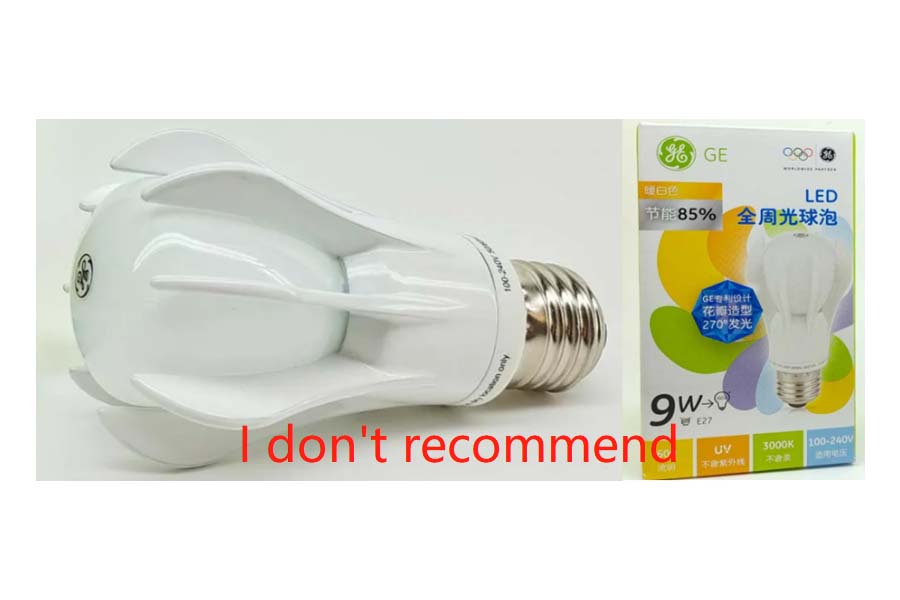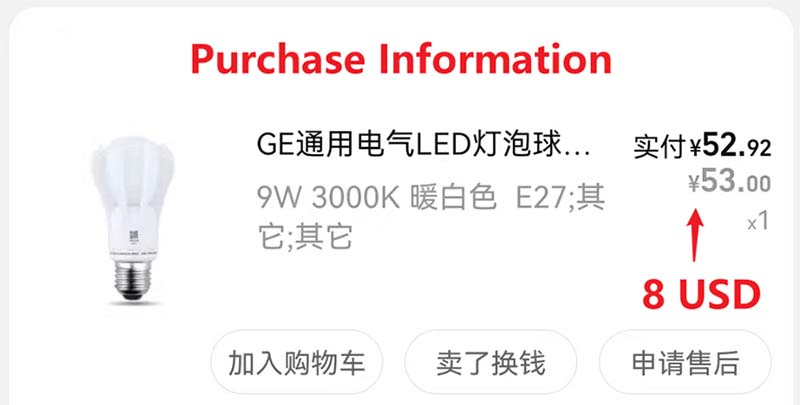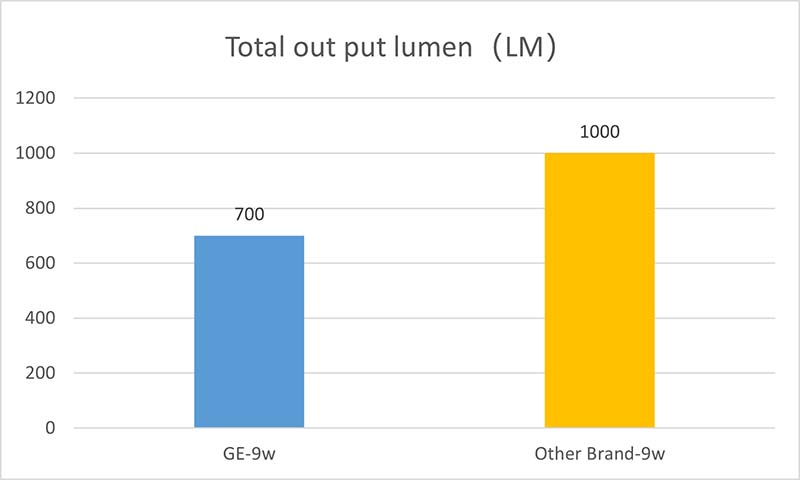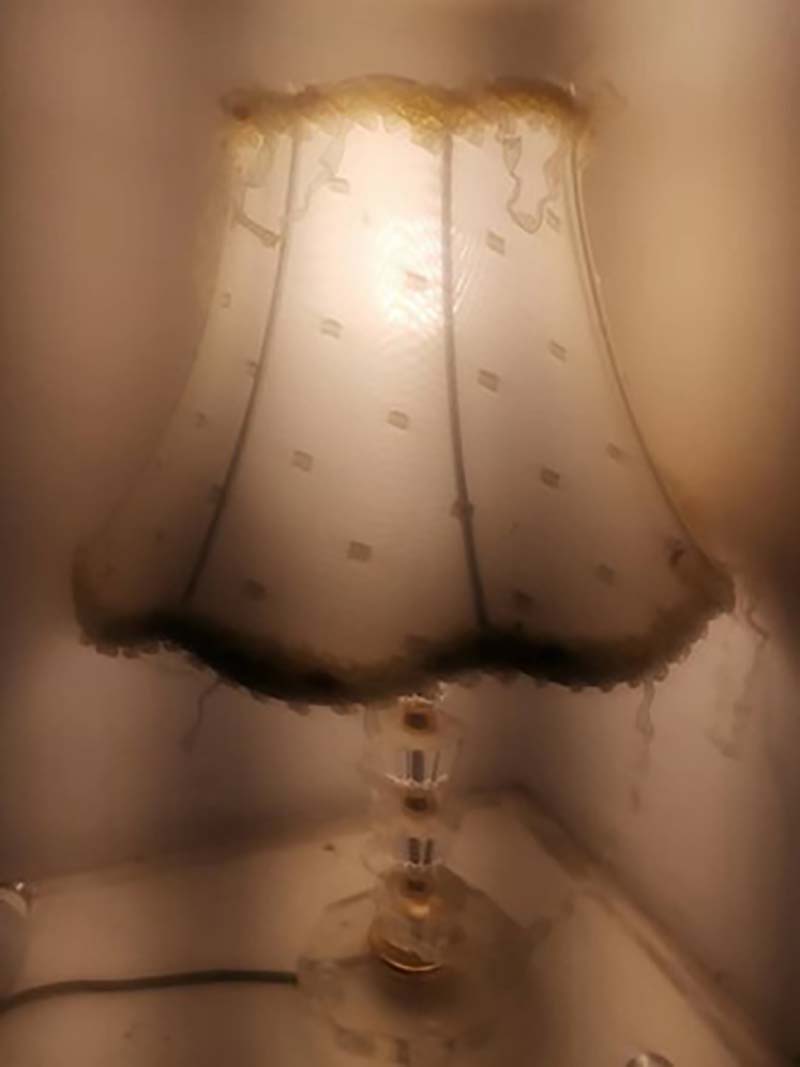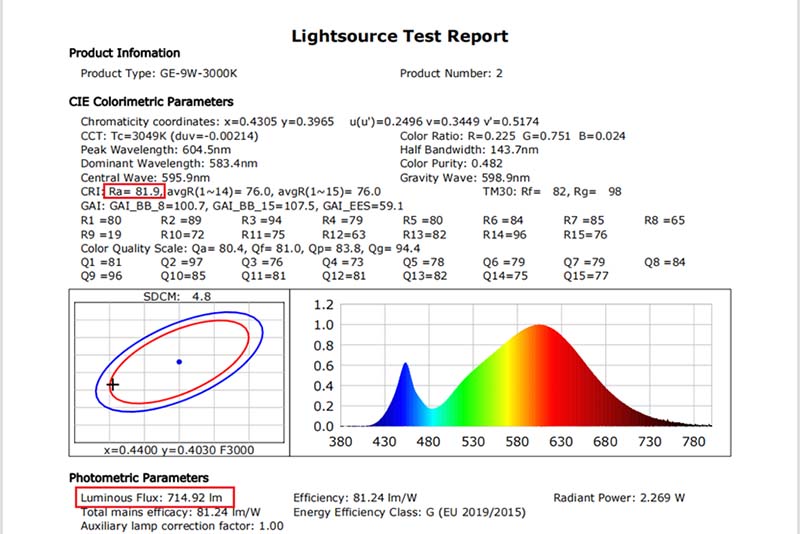Editor: Hank Wang
6 Sigma Green Belt, 3rd Party Quality Inspector focus on lights, 15 years of supply quality management experience.
If an LED light bulb of a big brand is expensive, and its shape is quite special, then will its parameters be excellent and worth buying?
Not all of them are, for example, this GE light bulb, I do not recommend it after testing it.
Why? Here’s the story.
Recently, I spent about USD 8.00 (RMB 53.00) on this GE LED bulb, which has a wattage of 9W.
Meanwhile, for other global brands, Philips, and OSRAM, their regular light bulbs of 10W, their prices are about USD 3.00 each.
In other words, the price difference among them is about 2.6 times.
The price has a big difference, and this GE bulb has a special shape (other brands are generally spherical, closer to the traditional incandescent light’ shape).
Therefore, before I tested it, I was convinced that this GE bulb must have a very good performance and very good quality.
However, after we did a simple quality inspection for this light, I realized: It is not worthy of my expectation and respect that I have for this brand GE, and not worthy of its expensive price.
Why? (Refer to the bottom of this post for the test report).
1. Total Lumen is too low.
As a lighting blub, the most important parameter is the Total Lumen.
And according to current LED technologies, a LM/W of 100 – 120 is easy to do.
In other words, for a 9W light bulb, it should have been able to provide 900 – 1,080 Lumen.
But this 9W GE LED bulb, the nominal Total Lumen only 600, and the tested value is 715LM, which is about 30% lower than the popular configuration.
Remark: GE indicates 600LM, while the actual value has 715LM. This is good.
2. The Ra value is too low, or nothing special.
Ra is a crucial spectral parameter of LED lights, the higher the better.
Currently, in the LED lighting market, Ra>80 is the mainstream.
Many economic models of LED light bulbs can easily provide Ra>80, and some high-end lights will reach Ra>90.
This GE light bulb – with a special appearance and higher price – has an Ra value of only 82.
In fact, the cost for LED chips of Ra>90 won’t be too much higher, so I can not understand: Why GE doesn’t make this bulb with a higher value of Ra>90?
3. Not dimmable, and nonadjustable color temperatures.
I thought an LED light bulb of this price would have some additional features.
For example, switchable color temperatures, and adjustable brightness, but none.
4. Flickering is noticeable if recorded with a mobile phone.
This is actually my discovery by accident. I was just going to record how it looked inside the shade of my desk lamp but found black shadows.
Below is the Spectrum Test Report for this GE LED Bulb, after 30 mins pre-heat.
Of course, this light bulb also has its advantages. For example:
1. Solid material for heat dissipation.
Nowadays, the majority of LED light bulbs use housings made of plastic-coated aluminum. This GE light bulb uses a heat sink housing made of only aluminum, which is very good for the life span of the LED light bulb.
2. This light bulb can be used within the voltage range 100 – 240V, which is applicable in China and Europe.
If the voltage fluctuates, like dropping down to 180V, this bulb will work too.
However, in countries where the voltage is stable, this is not a concern for consumers.
To sum up, this LED light bulb has excellent heat dissipation, but it can’t cover up the disadvantages of key spectral parameters. Therefore, I do not recommend buying.
Related posts:
 9 Practical Buying Tips for LED Streetlights
9 Practical Buying Tips for LED Streetlights
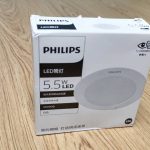 Spectrum Test for Philips LED Downlight DN190B 5.5W
Spectrum Test for Philips LED Downlight DN190B 5.5W
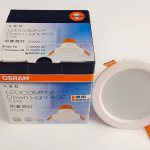 Review on LED Downlight Osram 3.5W 20220808
Review on LED Downlight Osram 3.5W 20220808
 Test and Show High Quality Streetlight T12A-2 – Shape and Structure
Test and Show High Quality Streetlight T12A-2 – Shape and Structure
 Misunderstanding When Sourcing Backlite Panel Lights
Misunderstanding When Sourcing Backlite Panel Lights
 LED Strip Lights’ Quality, how to test in a professional way?
LED Strip Lights’ Quality, how to test in a professional way?

